Doe/netl-2012/1540 Mobility And Conformance Control For Carbon Dioxide Enhanced Oil Recovery (Co2-Eor) Via Thickeners, Foams, And Gels - U.s. Department Of Energy Page 203
ADVERTISEMENT
 1
1  2
2  3
3  4
4  5
5  6
6  7
7  8
8  9
9  10
10  11
11  12
12  13
13  14
14  15
15  16
16  17
17  18
18  19
19  20
20  21
21  22
22  23
23  24
24  25
25  26
26  27
27  28
28  29
29  30
30  31
31  32
32  33
33  34
34  35
35  36
36  37
37  38
38  39
39  40
40  41
41  42
42  43
43  44
44  45
45  46
46  47
47  48
48  49
49  50
50  51
51  52
52  53
53  54
54  55
55  56
56  57
57  58
58  59
59  60
60  61
61  62
62  63
63  64
64  65
65  66
66  67
67  68
68  69
69  70
70  71
71  72
72  73
73  74
74  75
75  76
76  77
77  78
78  79
79  80
80  81
81  82
82  83
83  84
84  85
85  86
86  87
87  88
88  89
89  90
90  91
91  92
92  93
93  94
94  95
95  96
96  97
97  98
98  99
99  100
100  101
101  102
102  103
103  104
104  105
105  106
106  107
107  108
108  109
109  110
110  111
111  112
112  113
113  114
114  115
115  116
116  117
117  118
118  119
119  120
120  121
121  122
122  123
123  124
124  125
125  126
126  127
127  128
128  129
129  130
130  131
131  132
132  133
133  134
134  135
135  136
136  137
137  138
138  139
139  140
140  141
141  142
142  143
143  144
144  145
145  146
146  147
147  148
148  149
149  150
150  151
151  152
152  153
153  154
154  155
155 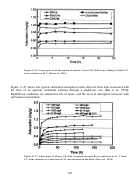 156
156 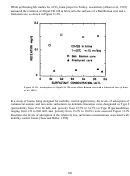 157
157 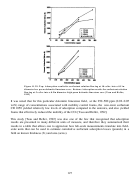 158
158  159
159  160
160 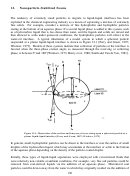 161
161 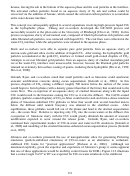 162
162  163
163 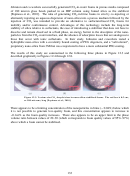 164
164 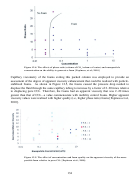 165
165 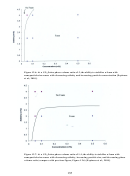 166
166 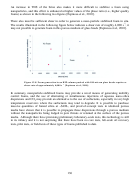 167
167  168
168  169
169 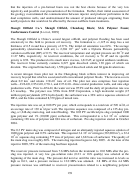 170
170  171
171 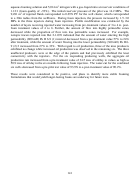 172
172 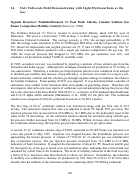 173
173  174
174 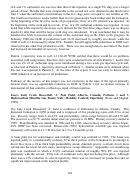 175
175 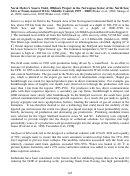 176
176 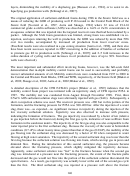 177
177 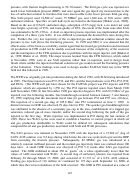 178
178  179
179 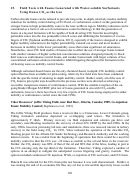 180
180  181
181 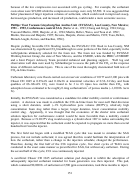 182
182 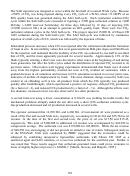 183
183  184
184 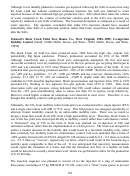 185
185 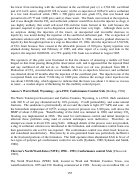 186
186  187
187  188
188 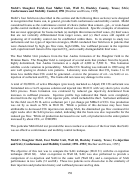 189
189 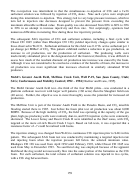 190
190  191
191 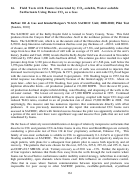 192
192 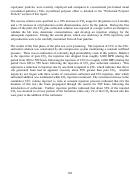 193
193  194
194  195
195  196
196  197
197  198
198 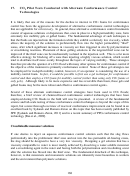 199
199 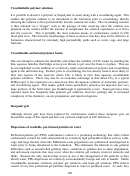 200
200  201
201 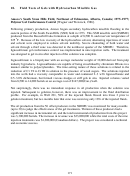 202
202 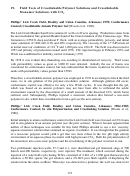 203
203  204
204 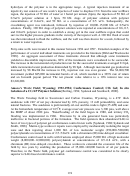 205
205 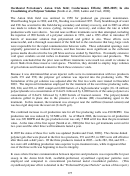 206
206 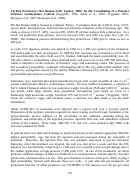 207
207 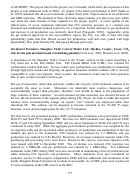 208
208  209
209 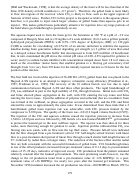 210
210 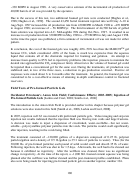 211
211 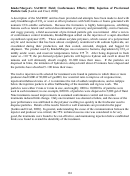 212
212 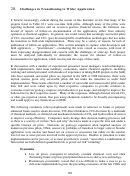 213
213 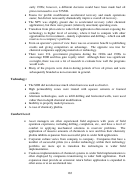 214
214 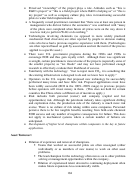 215
215  216
216 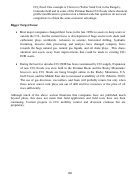 217
217 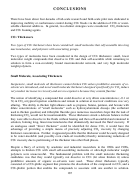 218
218  219
219 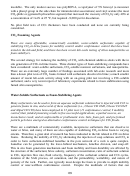 220
220 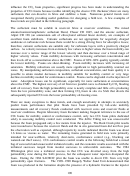 221
221  222
222 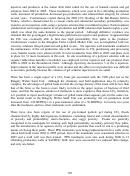 223
223 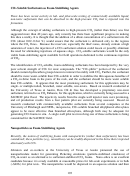 224
224 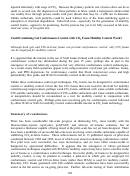 225
225  226
226 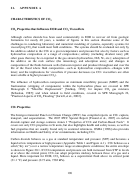 227
227 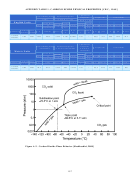 228
228 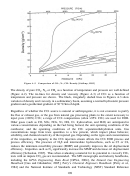 229
229 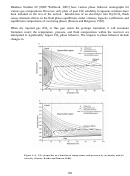 230
230  231
231 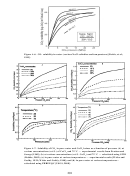 232
232 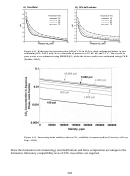 233
233  234
234 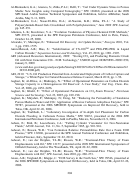 235
235  236
236  237
237  238
238  239
239  240
240 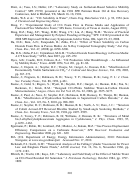 241
241 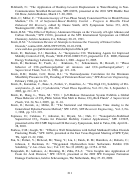 242
242 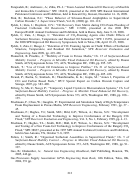 243
243 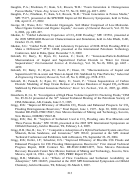 244
244  245
245  246
246  247
247  248
248  249
249 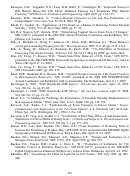 250
250 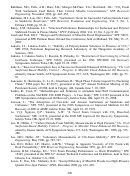 251
251  252
252  253
253 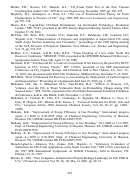 254
254 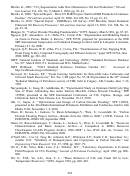 255
255 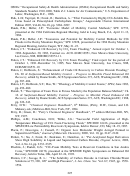 256
256  257
257 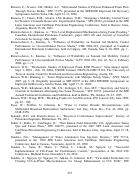 258
258 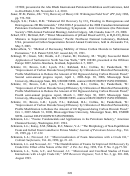 259
259 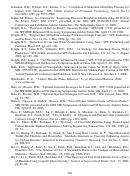 260
260 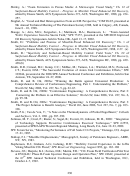 261
261 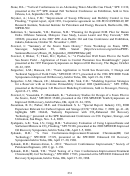 262
262 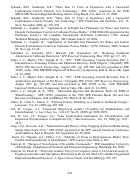 263
263 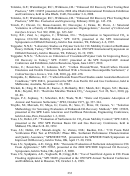 264
264 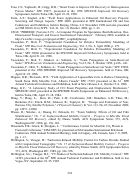 265
265 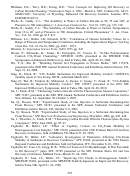 266
266  267
267 19.
Field Tests of Crosslinkable Polymer Solutions and Crosslinkable
Monomer Solutions with CO
2
Phillips’ Lick Creek Field, Bradley and Union Counties, Arkansas; 1978; Conformance
Control; Crosslinkable Anionic Polymer Gel [Woods et al., 1986].
The Lick Creek Meakin Sand Unit contains 61 wells on 20 acre spacing. Production comes from
the unconsolidated, fine-grained Meakin Sand of the Ozan formation of the Cretaceous age. This
formation is 2,550 ft. deep and about 8’ thick, with an average permeability, porosity, and initial
o
water saturation of 1200 mD, 0.30, and 40%, respectively. The viscosity of the 17
API crude oil
o
at initial reservoir conditions of 118
F and 1,200 psia was 160 cP. The field was discovered in
1957 and primary oil production ensued until 1976. CO
injection began in February 1976, and
2
WAG was established for mobility control in January 1979.
By 1978 it was evident that channeling was resulting in diminished oil recovery. Thief zones
with permeability values as great as 3,000 D were detected. Initially the use of foams was
considered for conformance control, but tests indicated that the foams would not be effective in
sands with permeability values greater than 150 D.
Therefore, a crosslinkable anionic polymer was employed in 1978 in an attempt to block the thief
zones via in situ gelation of the polymer-crosslinker solution. Although gelation did occur,
conformance control was effective for only a few WAG cycles. It was thought that the gel,
which was based on an anionic polymer, may not have been able to withstand the acidic
environment caused by the dissociation of a small amount of the dissolved CO
, which forms
2
carbonic acid. Subsequently, Phillips injected a monomer solution that formed a non-ionic
polymer in situ, which then crosslinked to form a gel (see the next section).
Phillips’ Lick Creek Field, Bradley and Union Counties, Arkansas; 1984–1985;
Conformance Control; In situ Polymerization and Crosslinking Gelation [Woods et al.,
1986].
Initial attempts to attain conformance control in the Lick Creek field were focused on CO
foams
2
and in situ gelation of an anionic polymer (see the prior section). When it became apparent that
neither of these techniques was suitable for this field, Phillips decided to use a low viscosity,
aqueous monomer solution that contained an organic crosslinker. It was thought that the gelation
of a non-ionic polymer would yield a gel that was more robust in the low pH, high salinity
environment of an aqueous phase in contact with high-pressure CO
. Both the polymerization of
2
the monomers into a non-ionic polymer and the crosslinking of the polymer occurred in situ.
Two problematic injection wells, 27-3 and 4-1, were identified and gel treatment slugs of 500
barrels and 400 barrels, respectively, were injected. The treatment, which occurred during the
injection of a water half-cycle during WAG, consisted of 4 bbl. of a 1,000 ppm fluorescein dye
solution, a 50 bbl. spacer, the gel solution, and a 2% KCl post flush capable of displacing the
solution from the entire wellbore. When dye was detected in a producer, the well was shut-in for
172
ADVERTISEMENT
0 votes
Related Articles
Related forms
Related Categories
Parent category: Legal









